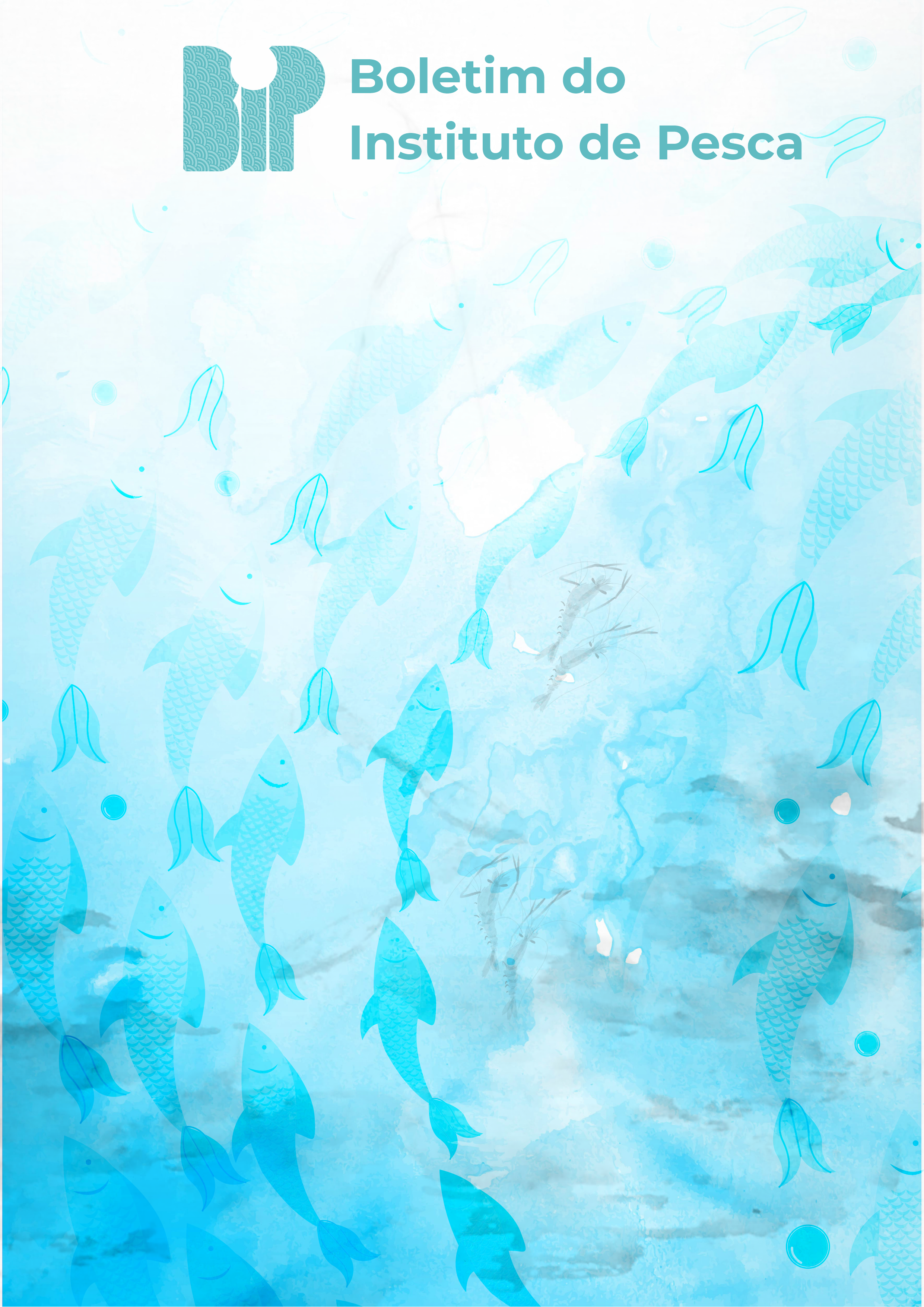Zooplankton community dynamics in response to water trophic state in integrated multitrophic aquaculture
DOI:
https://doi.org/10.20950/1678-2305/bip.2023.49.e730Keywords:
Cladocera, Copepoda, Rotifera, Integrated multitrophic aquaculture, Substrate, Water trophyAbstract
Integrated multitrophic aquaculture (IMTA) is an alternative means to optimize feed usage in aquaculture which combines species of different trophic levels. The addition of substrate to IMTA has also been used to promote a lower release of phosphorus, thus minimizing eutrophication and impacts of effluents. In these aquaculture systems, the zooplankton community is important because it acts as a link in trophic chains. This study aimed to verify the dynamics and the structure of the zooplankton community in IMTA (tilapia-prawn), in response to trophic conditions in earthen ponds with different substrates. The object of the study was 12 earthen ponds organized in three treatments: no substrate (control), geotextile substrate, and bamboo substrate. Zooplankton samples were taken biweekly through a water bilge pump. Rotifers and microcrustaceans were identified and counted to determine changes in community diversity during the experiment. Eutrophication was determined through
phosphorus and chlorophyll water concentrations. There were no differences in zooplankton communities among treatments, even though increases in levels of eutrophication of the system heavily influenced this community, by altering its diversity and abundance. Small organisms were the most representative ones under polyculture eutrophic conditions.
Downloads
Published
Issue
Section
License
Copyright (c) 2023 Adriana Nabil Abdel Fattah Ibrahim, Maria Stela Maioli Castilho-Noll, Wagner Cotroni Valenti

This work is licensed under a Creative Commons Attribution 4.0 International License.










